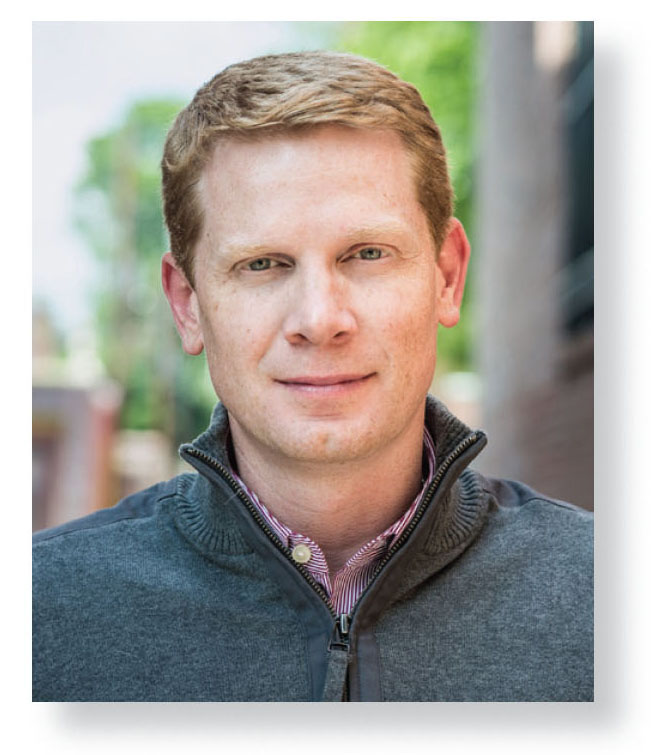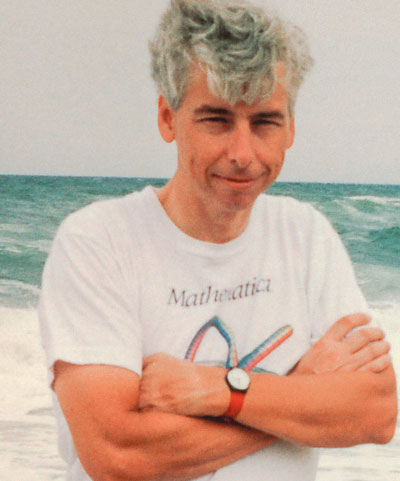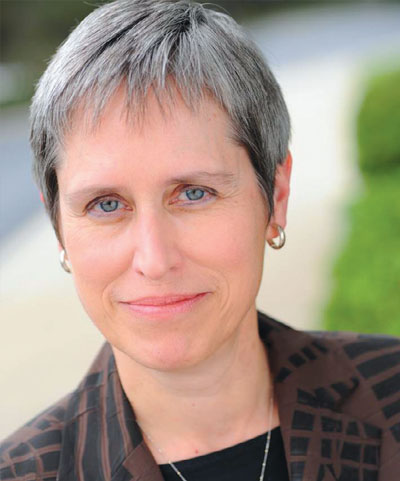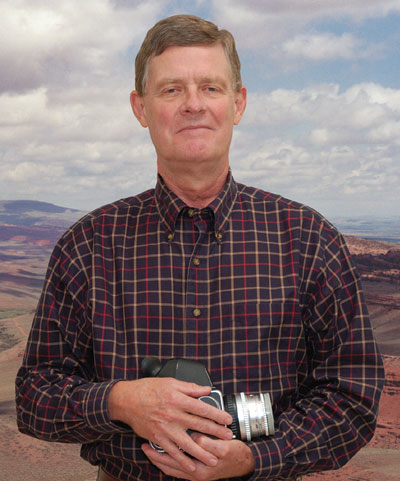
This Article From Issue
November-December 2015
Volume 103, Number 6
Page 370
DOI: 10.1511/2015.117.370
As we wrap up the year, it’s a good time to take stock of what we’ve accomplished. This year we featured an impressive array of fascinating science stories—including a first-hand account of the New Horizons journey to Pluto from NASA mission leader Alan Stern and an introduction to the fastest member of the animal kingdom by Sheila Patek. These articles represent our ongoing commitment to deliver remarkable science and engineering to you, and this year marks our 25th consecutive year of doing so from our headquarters in North Carolina.

Jamie Vernon
A milestone of this proportion calls for a moment of reflection. Although many of us may feel that 1990 was just yesterday, science has actually advanced quite a bit over the last quarter century. To put things in perspective, Tim Bernes-Lee created the World Wide Web in 1990. That same year the Space Shuttle Discovery placed the Hubble Space Telescope in orbit and the Human Genome Project was founded.
Since that time, American Scientist has covered tremendous scientific territory under the leadership of its talented editors. To celebrate these past 25 years, we’ve invited the former editors from this era to share stories about their experiences at the magazine and their thoughts on its progression. Enjoy this brief stroll down memory lane.
We’ve also assembled a collection of significant articles from our time in North Carolina. You’ll find them here: http://www.americanscientist.org/issues/page/25-years-in-north-carolina. — Jamie L. Vernon ( @JLVernonPhD )

Brian Hayes
I BECAME A READER AND ADMIRER of American Scientist in the early 1970s, soon after it was transformed from a quarterly journal into an illustrated, bimonthly magazine. At the time I was an editor on the staff of another magazine with a confusingly similar name: Scientific American. The two publications had a common mission: To foster thoughtful conversation across the whole community of science. They were meeting places where an astronomer could explain her work to a molecular biologist and then hear what’s new in linguistics or mechanical engineering. And both magazines strove to tell stories in a way that would entice other parties to join the conversation—students, policymakers, and all manner of amateurs and enthusiasts for whom science is not a profession but a source of fascination.

By 1990, this ideal was in jeopardy. Scientific American had begun to shift direction, becoming more about the world of science, rather than of, by, and for it. Then American Scientist had an existential crisis. When Sigma Xi moved its headquarters from New Haven to North Carolina, the magazine’s editorial staff, with longstanding ties to the Yale community, elected not to come along. I became the new editor and assembled a crew of talented, creative people drawn about equally from the world of publishing and the world of science. There were some dicey moments in the early days—our first issue was more than two months late—but the conversation went on, and it continues today, 25 years later. Although the magazine has changed in many ways, it remains true to the original vision—a channel of communication binding together the various sciences and a larger public.
My tenure as editor was brief, and I must leave it to my successors to tell the rest of the story of the magazine’s progress. I have had a much longer run as the author of the Computing Science column, but that association is also now coming to an end. You will find a few personal reflections appended to my final column in this issue. —Brian Hayes, Editor 1990–1992

Rosalind Reid
A FEW MORE THINGS MUST BE SAID about Brian Hayes’s editorship.
When I slid into the editor’s chair in 1992, the magazine had not merely been restarted; it had been rethought and retooled for the technology-driven age. New contributors and advisors ensured that the scientific conversation in our feature-article and Scientists’ Bookshelf pages remained provocative and up-to-date. Most significant among Brian’s finds was Henry Petroski, whose superb storytelling has given engineering its proper front-row seat in Sigma Xi’s magazine.
Much more change was to come. Post–Cold War realities and the emergence of new disciplines were profoundly altering the landscape of science and challenging Sigma Xi. Every tradition in scientific communication would be upended by the Internet.
So it is appropriate to note that americanscientist.org celebrates a decadal anniversary this year. We went online modestly in 1995, hoping to leverage the intense effort that we put into editing and illustration and use the digital medium to broaden the global audience for science.
An important contributor in print and online was a new columnist named Brian Hayes. It was time for mathematics and computation, enabling so much of that new science, to have a seat in that front row—and happily we knew the best writer for the job.
We had also been joined by an excellent managing editor, who would be ready to move into the editor’s chair when I was lured back to academia. David Schoonmaker found ways to make the magazine more affordable in the new environment while maintaining its excellence, expanding its reach, and taking advantage of technology.
Many science publications have vanished over the past three decades. Albeit under increasing pressure from market forces, Sigma Xi’s membership has sustained a visible, modern, important, lively magazine, the product of a rare collaboration of committed scientist-authors, tough editors, and superb graphic artists. —Rosalind Reid, Editor 1992–2008

David Schoonmaker
ONE OF THE INDULGENCES I occasionally allowed myself during two decades at American Scientist was to settle into an easy chair and read back issues of the magazine. I never failed to find articles I’d missed that intrigued and informed. The practice also taught me that although science advances inexorably, it is also timeless. American Scientist has and does chronicle both. It was my privilege to be a caretaker of that record. —David Schoonmaker, Editor 2008–2013
American Scientist Comments and Discussion
To discuss our articles or comment on them, please share them and tag American Scientist on social media platforms. Here are links to our profiles on Twitter, Facebook, and LinkedIn.
If we re-share your post, we will moderate comments/discussion following our comments policy.